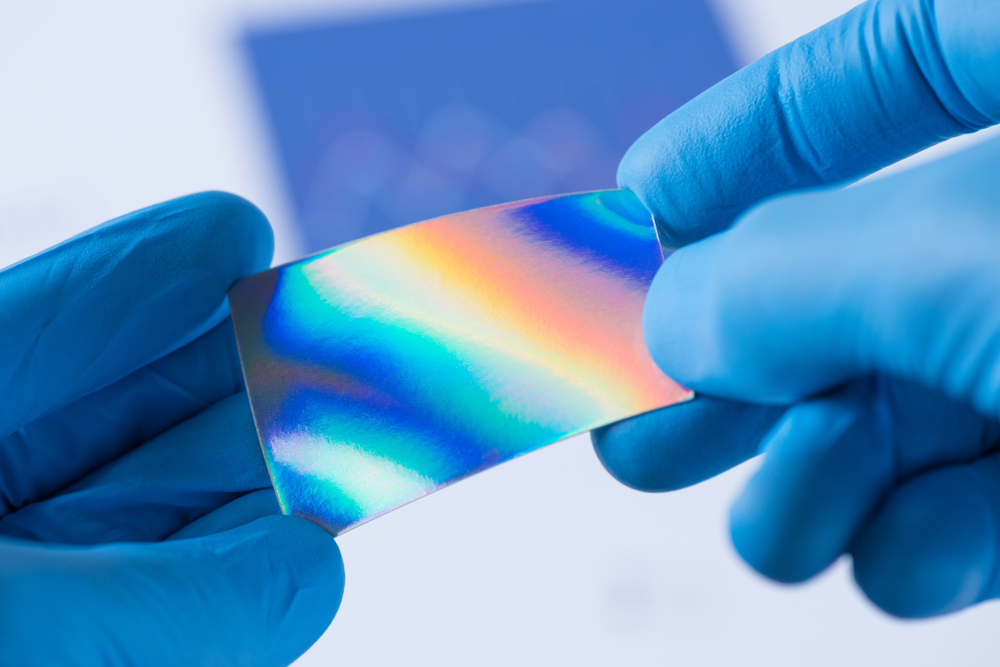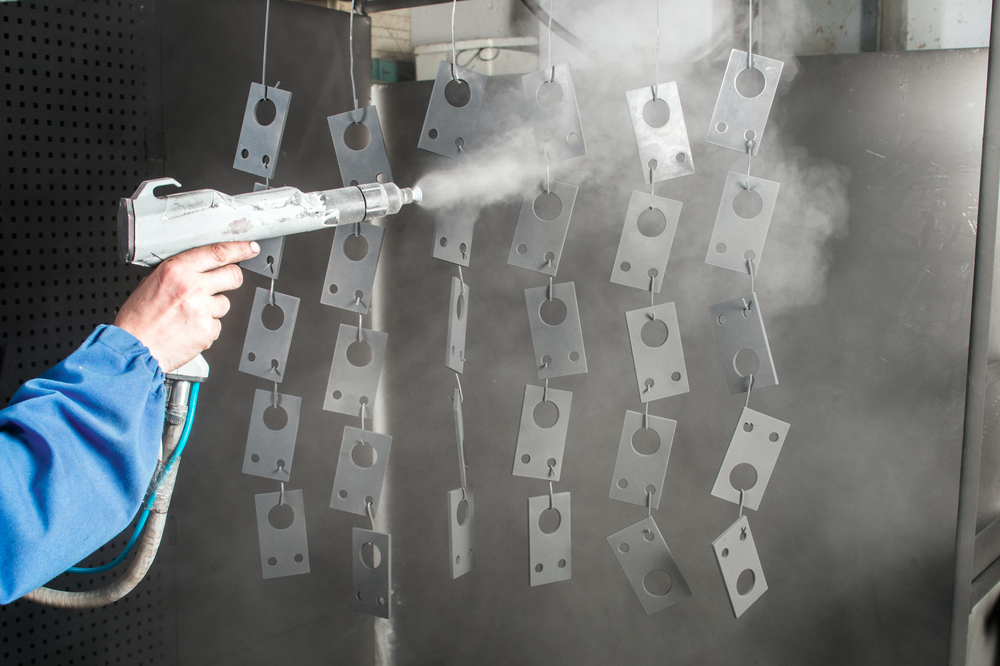New methods and techniques in powder coating have revolutionized the industry, offering enhanced efficiency, improved quality, and expanded possibilities for coating applications.
Introduction:
As technology advances, new methods and techniques in powder coating have emerged, revolutionizing the industry. These innovative approaches offer enhanced efficiency, improved quality, and expanded possibilities for coating applications. In this article, we will delve into some of the latest methods being utilized in powder coating, highlighting their key features and benefits.
1- Electrostatic Spray Deposition (ESD):
Electrostatic Spray Deposition (ESD) is a cutting-edge method that utilizes an electrostatic field to deposit powder particles onto the surface being coated. The process involves charging the powder particles and creating an electric field that attracts them to the grounded substrate. This method ensures a high transfer efficiency and uniform coating thickness, resulting in reduced overspray and enhanced material utilization.
2- Fluidized Bed Coating:
Fluidized Bed Coating is a unique powder coating technique that involves immersing preheated objects into a fluidized powder bed. The powder particles become fluidized when heated air is blown through the bed, creating a fluid-like state. As the objects are dipped into the fluidized powder, a thick and uniform coating adheres to their surfaces. This method is particularly useful for coating heat-sensitive materials and achieving a smooth, even finish on three-dimensional objects.
3- Electrophoretic Deposition (EPD):
Electrophoretic Deposition (EPD) is a method that uses an electric field to deposit powder particles onto conductive substrates. The substrate is immersed in a suspension containing the charged powder particles. When an electric current is applied, the particles migrate and deposit onto the substrate, forming a coherent and uniform coating. EPD offers excellent control over film thickness and is commonly used for coating complex-shaped objects and small parts with high precision.
4- Powder Coating in a Vacuum Environment:
Powder coating in a vacuum environment is a novel technique that involves applying powder coatings in a controlled low-pressure chamber. This method eliminates the need for air or gas during the coating process, preventing the presence of contaminants and ensuring a clean, high-quality coating. Vacuum powder coating allows for enhanced adhesion, improved coverage, and reduced porosity, making it suitable for demanding applications such as aerospace and electronics.
5- UV-Curable Powder Coating:
UV-curable powder coating is an emerging method that combines the advantages of powder coating with the rapid curing properties of UV technology. This process involves applying a UV-curable powder onto the substrate and exposing it to UV light for instant curing. UV-curable powder coatings offer reduced curing times, increased productivity, and energy savings compared to traditional curing methods. Additionally, they provide excellent adhesion, chemical resistance, and a wide range of colors and finishes.
6- 3D Printing with Powder Coating:
Advancements in additive manufacturing have led to the integration of powder coating with 3D printing technologies. This innovative approach allows for the direct application of powder coatings onto 3D-printed objects, enhancing their aesthetics, protection, and functionality. By combining the versatility of powder coatings with the design freedom of 3D printing, manufacturers can create customized, multi-colored, and textured coatings for complex geometries.
Conclusion:
The field of powder coating continues to evolve with the introduction of new and advanced methods. Electrostatic Spray Deposition, Fluidized Bed Coating, Electrophoretic Deposition, powder coating in a vacuum environment, UV-curable powder coating, and 3D printing with powder coating are just a few examples of the innovative techniques making their mark in the industry. These methods offer improved efficiency, superior quality, and expanded possibilities for coating various materials and products. By embracing these advancements, manufacturers can unlock new opportunities and achieve outstanding results in their powder coating applications.





